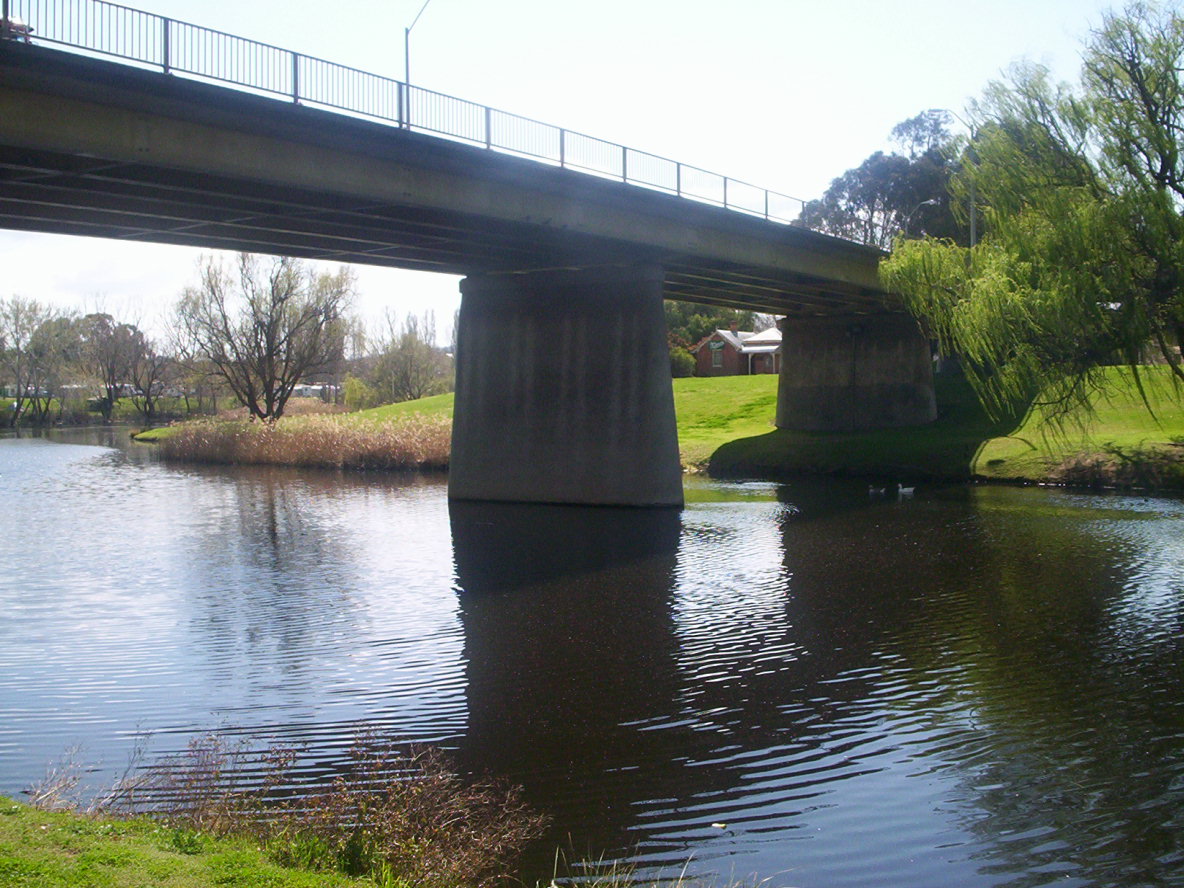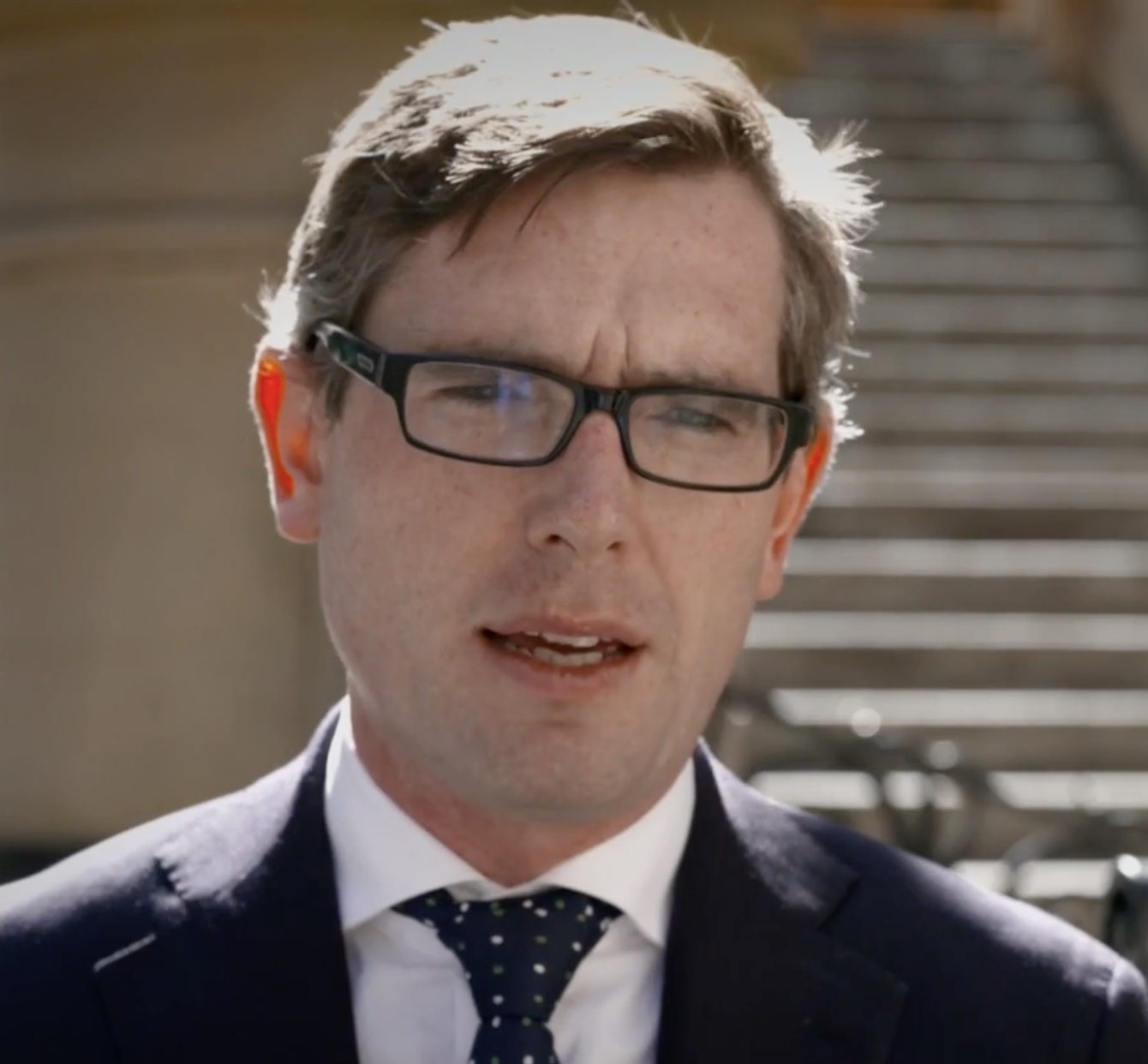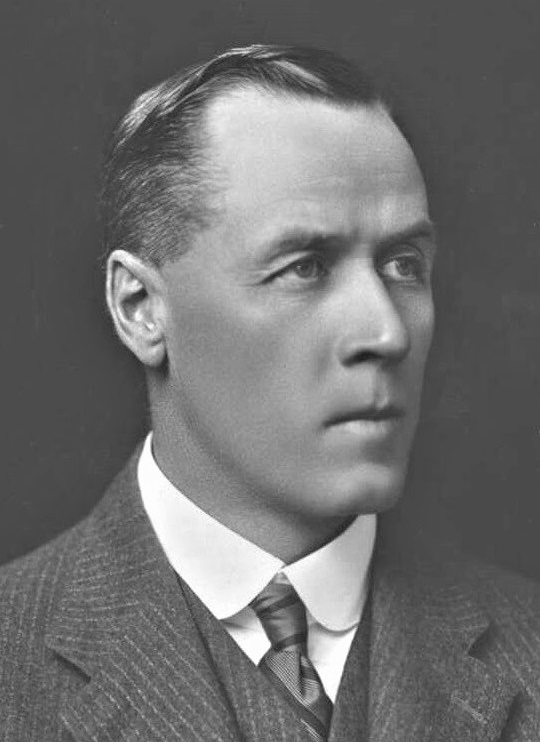|
Magistrates Court Of The Australian Capital Territory
The Magistrates Court of the Australian Capital Territory is a court of summary jurisdiction that deals with the majority of criminal law matters and the majority of small civil law matters in the Australian Capital Territory, the Jervis Bay Territory and the Australian Antarctic Territory. The current Chief Magistrate is Lorraine Walker, appointed with effect from 13 October 2011. However, Magistrate Glenn Theakston has been appointed Acting Chief Magistrate due to Walker's 12-month appointment as an Acting Judge of the Supreme Court. Currently eight magistrates and one special magistrate assist the Chief Magistrate in hearing matters before the Court. The court is located on Knowles Place near London Circuit at Civic, in Canberra, in the ACT Law Courts building that it shares with the Supreme Court of the Australian Capital Territory opened in 2019. History The court originated as the Court of Petty Sessions in 1930. This article contains quotations from this source, whic ... [...More Info...] [...Related Items...] OR: [Wikipedia] [Google] [Baidu] |
Australian Capital Territory
The Australian Capital Territory (commonly abbreviated as ACT), known as the Federal Capital Territory (FCT) until 1938, is a landlocked federal territory of Australia containing the national capital Canberra and some surrounding townships. It is located in southeastern Australian mainland as an enclave completely within the state of New South Wales. Founded after Federation as the seat of government for the new nation, the territory hosts the headquarters of all important institutions of the Australian Government. On 1 January 1901, federation of the colonies of Australia was achieved. Section 125 of the new Australian Constitution provided that land, situated in New South Wales and at least from Sydney, would be ceded to the new federal government. Following discussion and exploration of various areas within New South Wales, the ''Seat of Government Act 1908'' was passed in 1908 which specified a capital in the Yass-Canberra region. The territory was transferred to the ... [...More Info...] [...Related Items...] OR: [Wikipedia] [Google] [Baidu] |
Queanbeyan
Queanbeyan ( ) is a city in the south-eastern region of New South Wales, Australia, located adjacent to the Australian Capital Territory in the Southern Tablelands region. Located on the Queanbeyan River, the city is the council seat of the Queanbeyan-Palerang Regional Council. At the , the Queanbeyan part of the Canberra–Queanbeyan built-up area had a population of 37,511. Queanbeyan's economy is based on light construction, manufacturing, service, retail and agriculture. Canberra, Australia's capital, is located to the west, and Queanbeyan is a commuter town. The word ''Queanbeyan'' is the anglicised form of ''Quinbean'', an Aboriginal word meaning ''"clear waters"''. History The first inhabitants of Queanbeyan are Ngambri peoples of the Walgalu Nation, the meeting place of two rivers was known by the local Indigenous population as Quinbean, which is the name of our Historical Journal. The traditional owners, the Ngambri, in ancestral times: Before white man’s arriv ... [...More Info...] [...Related Items...] OR: [Wikipedia] [Google] [Baidu] |
Beth Campbell (jurist)
Lisbeth Campbell is a Magistrate of the Australian Capital Territory. She was sworn in as a Magistrate on 5 August 1998. She is the second woman to be appointed as a magistrate in the Australian Capital Territory The Australian Capital Territory (commonly abbreviated as ACT), known as the Federal Capital Territory (FCT) until 1938, is a landlocked federal territory of Australia containing the national capital Canberra and some surrounding townships. .... References Magistrates of the Magistrates Court of the Australian Capital Territory Living people Year of birth missing (living people) Australian magistrates {{Australia-law-bio-stub ... [...More Info...] [...Related Items...] OR: [Wikipedia] [Google] [Baidu] |
Justices Of The Peace
A justice of the peace (JP) is a judicial officer of a lower or ''puisne'' court, elected or appointed by means of a commission ( letters patent) to keep the peace. In past centuries the term commissioner of the peace was often used with the same meaning. Depending on the jurisdiction, such justices dispense summary justice or merely deal with local administrative applications in common law jurisdictions. Justices of the peace are appointed or elected from the citizens of the jurisdiction in which they serve, and are (or were) usually not required to have any formal legal education in order to qualify for the office. Some jurisdictions have varying forms of training for JPs. History In 1195, Richard I ("the Lionheart") of England and his Minister Hubert Walter commissioned certain knights to preserve the peace in unruly areas. They were responsible to the King in ensuring that the law was upheld and preserving the " King's peace". Therefore, they were known as "keepers of th ... [...More Info...] [...Related Items...] OR: [Wikipedia] [Google] [Baidu] |
Coroner's Court Of The Australian Capital Territory
The Coroner's Court of the Australian Capital Territory is a court which has exclusive jurisdiction over the remains of a person and the power to make findings in respect of the cause of death of a person or fire in Australian Capital Territory. History The office of coroner in the territory derives from the legal framework inherited from the United Kingdom. Jurisdiction At common law, coroners would constitute a court by virtue of their office. In the Australian Capital Territory, this common law position has been abolished and there is now the Coroner’s Court established. Coroners have the power to investigate the causes of death within their jurisdiction. They also have power to retain a person’s remains, order autopsies, and direct how a person’s remains may be disposed. Coroners also have jurisdiction to hold inquests concerning the cause of any fire in the territory. Where a serious criminal offence has been disclosed during the course of an inquest, the coroner c ... [...More Info...] [...Related Items...] OR: [Wikipedia] [Google] [Baidu] |
ACT Civil And Administrative Tribunal
The ACT Civil and Administrative Tribunal (ACAT) is a tribunal in the Australian Capital Territory. It provides a forum for the determination of a wide range of civil disputes, requests for review of administrative decisions, and professional and occupational disciplinary matters. This article contains quotations from this source, which is available under thAttribution-ShareAlike 3.0 Australialicense. History The ACT Civil and Administrative Tribunal was established via the ''ACT Civil and Administrative Tribunal Act 2008'', which took effect on 2 February 2009. The tribunal took over the work of several existing tribunals and boards, including the Administrative Appeals Tribunal, Small Claims Court, Discrimination Tribunal, Guardianship and Management of Property Tribunal, Mental Health Tribunal, Residential Tenancies Tribunal, Liquor Licensing Board, Health Professions Tribunal, Legal Practitioners Disciplinary Tribunal, and ACT Court of Appeal Case Records. The records ... [...More Info...] [...Related Items...] OR: [Wikipedia] [Google] [Baidu] |
Jervis Bay Village
Jervis Bay Village is a village in the Jervis Bay Territory, Australia. HMAS ''Creswell'' Royal Australian Navy base is located in the town. Apart from the navy base there is an Aboriginal community in the town. It is the largest town in the Jervis Bay Territory, with 189 inhabitants (followed by Wreck Bay Village with 152). History The Australian Parliament selected the site of Captain's Point, Jervis Bay, for the Royal Australian Naval College on 7 November 1911. Construction of the main college buildings was completed in 1915 and the first two entries of cadet midshipmen moved from the temporary college at Geelong on 10 February 1915. Climate The Jervis Bay experiences an oceanic climate (Köppen: ''Cfb'') bordering on a humid subtropical climate (Köppen: ''Cfa'') with warm and temperate conditions experienced, rarely experiencing extreme heat or frost. Due to the oceanic influence, summer seasonal lag is pronounced. For example, February is the warmest month, March i ... [...More Info...] [...Related Items...] OR: [Wikipedia] [Google] [Baidu] |
Robert Menzies
The name Robert is an ancient Germanic given name, from Proto-Germanic "fame" and "bright" (''Hrōþiberhtaz''). Compare Old Dutch ''Robrecht'' and Old High German ''Hrodebert'' (a compound of ''Hrōþ, Hruod'' ( non, Hróðr) "fame, glory, honour, praise, renown" and ''berht'' "bright, light, shining"). It is the second most frequently used given name of ancient Germanic origin. It is also in use Robert (surname), as a surname. Another commonly used form of the name is Rupert (name), Rupert. After becoming widely used in Continental Europe it entered England in its Old French form ''Robert'', where an Old English cognate form (''Hrēodbēorht'', ''Hrodberht'', ''Hrēodbēorð'', ''Hrœdbœrð'', ''Hrœdberð'', ''Hrōðberχtŕ'') had existed before the Norman Conquest. The feminine version is Roberta (given name), Roberta. The Italian, Portuguese, and Spanish form is Roberto (given name), Roberto. Robert is also a common name in many Germanic languages, including English ... [...More Info...] [...Related Items...] OR: [Wikipedia] [Google] [Baidu] |
Government Of New South Wales
The Government of New South Wales, also known as the NSW Government, is the Australian state democratic administrative authority of New South Wales. It is currently held by a coalition of the Liberal Party and the National Party. The Government of New South Wales, a parliamentary constitutional monarchy, was formed in 1856 as prescribed in its Constitution, as amended from time to time. Since the Federation of Australia in 1901, New South Wales has been a state of the Commonwealth of Australia, and the Constitution of Australia regulates its relationship with the Commonwealth. Under the Australian Constitution, New South Wales, as with all states, ceded legislative and judicial supremacy to the Commonwealth, but retained powers in all matters not in conflict with the Commonwealth. Executive and judicial powers New South Wales is governed according to the principles of the Westminster system, a form of parliamentary government based on the model of the United Kingdom. Legisl ... [...More Info...] [...Related Items...] OR: [Wikipedia] [Google] [Baidu] |
John Latham (judge)
Sir John Greig Latham GCMG QC (26 August 1877 – 25 July 1964) was an Australian lawyer, politician, and judge who served as the fifth Chief Justice of Australia, in office from 1935 to 1952. He had earlier served as Attorney-General of Australia under Stanley Bruce and Joseph Lyons, and was Leader of the Opposition from 1929 to 1931 as the final leader of the Nationalist Party. Latham was born in Melbourne. He studied arts and law at the University of Melbourne, and was called to the bar in 1904. He soon became one of Victoria's best known barristers. In 1917, Latham joined the Royal Australian Navy as the head of its intelligence division. He served on the Australian delegation to the 1919 Paris Peace Conference, where he came into conflict with Prime Minister Billy Hughes. At the 1922 federal election, Latham was elected to parliament as an independent on an anti-Hughes platform. He got on better with Hughes' successor Stanley Bruce, and formally joined the Nationali ... [...More Info...] [...Related Items...] OR: [Wikipedia] [Google] [Baidu] |
National Capital Authority
The National Capital Authority (NCA) is a statutory authority of the Australian Government that was established to manage the Commonwealth's interest in the planning and development of Canberra as the capital city of Australia. Timeline of the NCA and preceding bodies: * 1921–1924: Federal Capital Advisory Committee (FCAC) * 1925–1930: Federal Capital Commission (FCC) * 1930–1938: No body in existence * 1938–1957: National Capital Planning and Development Committee (NCPDC) * 1958–1989: National Capital Development Commission (NCDC) * 1989–present: National Capital Authority (NCA) 1921–1924: Federal Capital Advisory Committee (FCAC) The FCAC oversaw the construction of Canberra from 1921 to 1924 following the termination of the contract of architect Walter Burley Griffin. The Committee was chaired by Australian architect Sir John Sulman, and advised the Minister of Home Affairs on the Construction of Canberra and conducted a review of the Griffin Plan. The Comm ... [...More Info...] [...Related Items...] OR: [Wikipedia] [Google] [Baidu] |
Attorney-General's Department (Australia)
The Attorney-General's Department is a department of the federal government of Australia responsible for law and justice, and since 29 May 2019, industrial relations. The head of the department is the Secretary of the Attorney-General's Department, currently Katherine Jones , who reports to the Attorney-General for Australia, currently Mark Dreyfus. History The Attorney-General's Department is one of seven original Commonwealth Departments of state, commencing with the Commonwealth of Australia on 1 January 1901. It is one of only three departments, along with Defence and Treasury, to have operated continuously under their original name and charter since Federation. Organisation The department is organised into five groups, each headed by a Deputy Secretary. These Deputy Secretaries report to the Secretary who co-ordinates and devises departmental structure and policy. These five groups are: * Australian Government Solicitor * Legal services and Families * Integrity and Inter ... [...More Info...] [...Related Items...] OR: [Wikipedia] [Google] [Baidu] |




